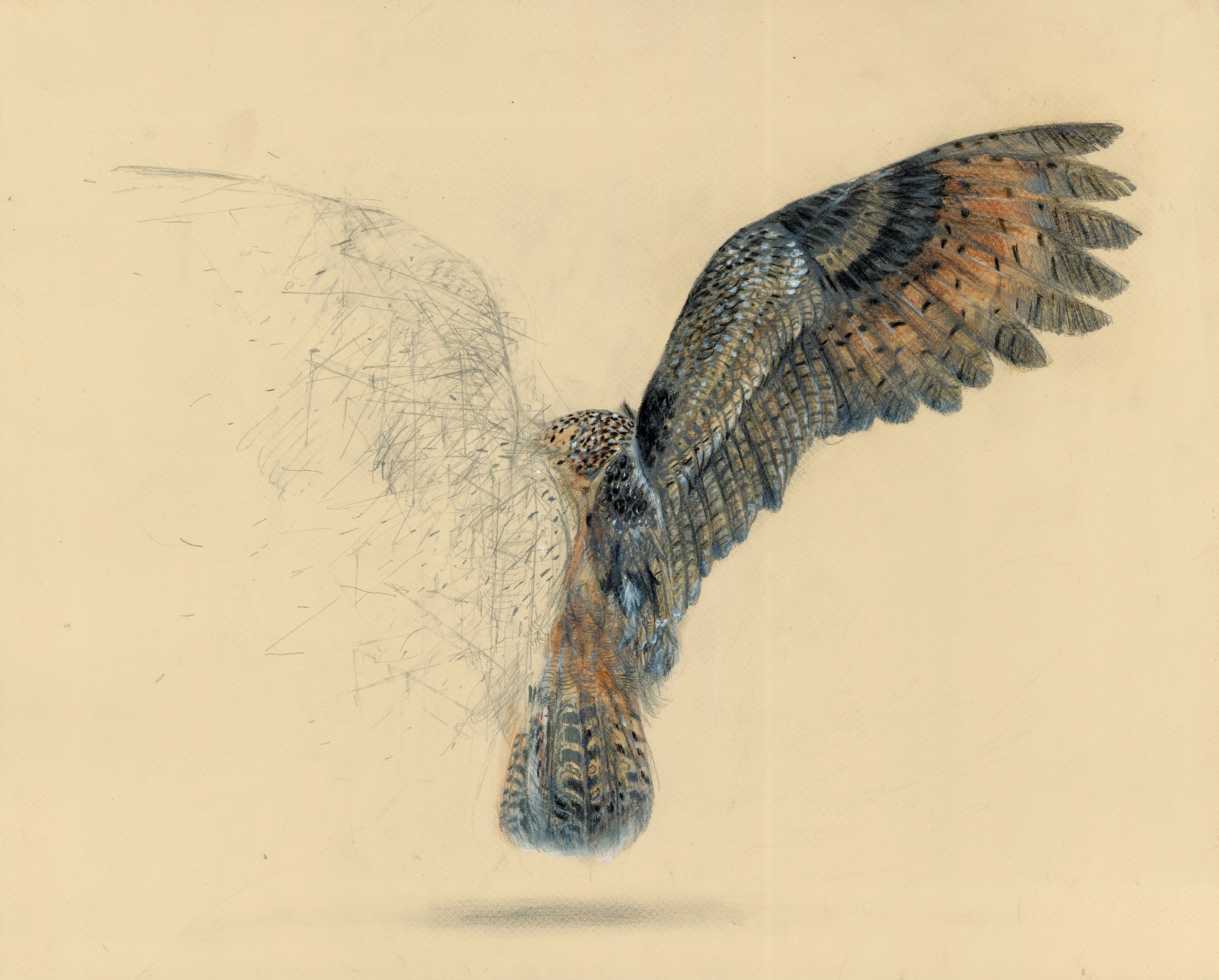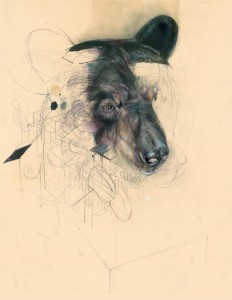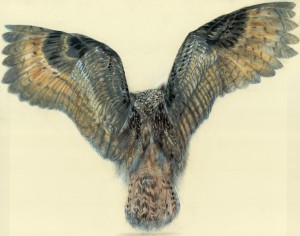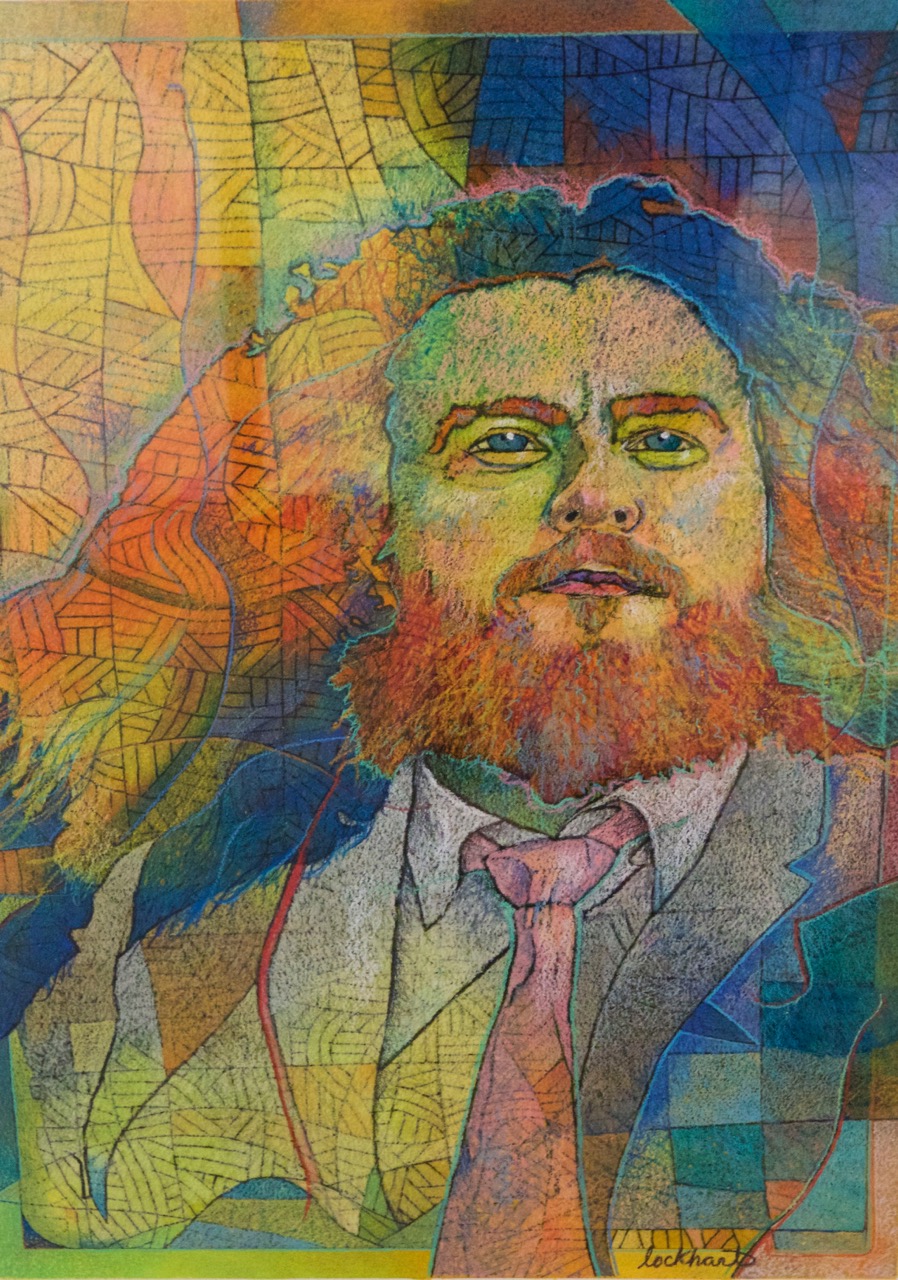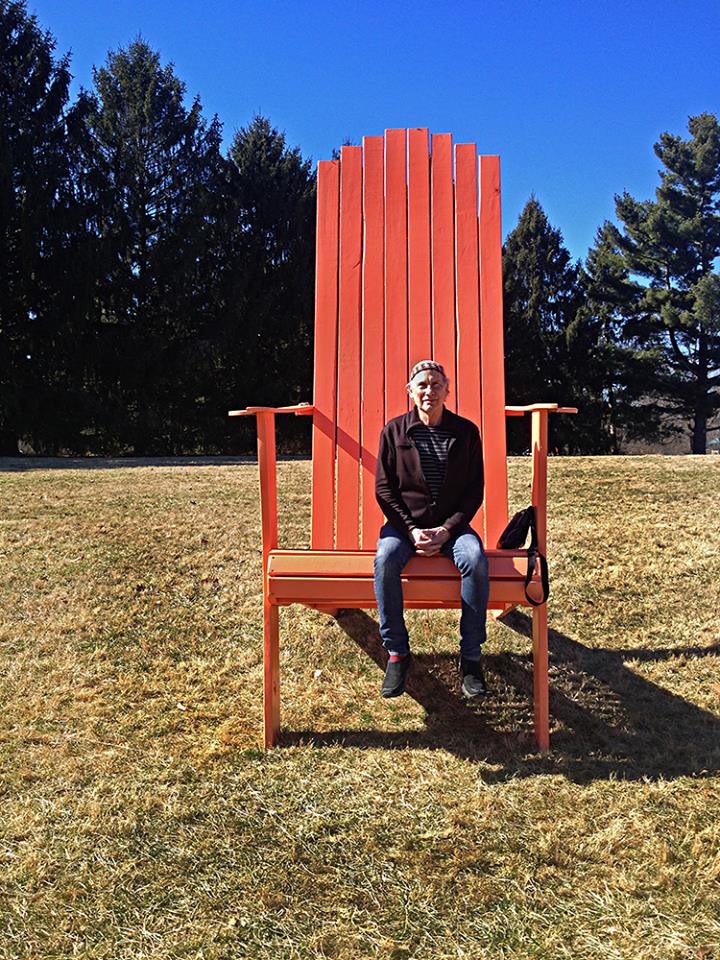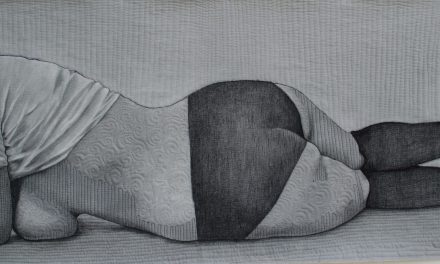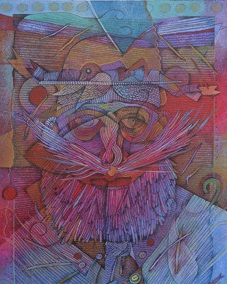“Idea for a new impossibility.” Pencil, dirt, watercolor, and Ohio river water on paper. 19″X23″. 2015.
By Keith Waits
Entire contents copyright © 2015 by Keith Waits. All rights reserved
Douglas Miller is a professional artist whose drawings are exhibited regionally and in galleries across the United States. Additionally, Douglas does freelance illustrations as well as private and corporate commissions. His artwork is in the collection of the Evansville Museum of Arts and Science, the University of Louisville, the Speed School of Engineering, and numerous private collections. 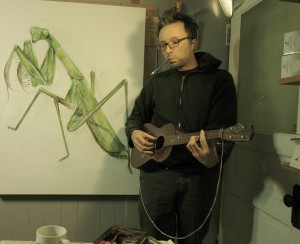
He was awarded the First-Place Prize at the 2014 Annual Mazin Exhibit at The Patio Gallery at JCC of Louisville. Also, Douglas’ work was recently featured on the cover of Louisville Magazine and he is currently exhibiting four drawings at Blue Spiral 1 Gallery in Asheville, NC. He will be a part of the Wild Things exhibition at the Living Arts & Science Center in Lexington, KY, March 20 – May 2, where he will be exhibiting 10 new drawings.
Keith Waits: Question #1- I’ve heard you speak of drawing as a child, but when did you first make art with purpose?
Douglas Miller: Yes, I’ve always been drawing. As a kid, I developed my own sense of mark making and let intuitiveness lead me through the formal aspects of art making. In my twenties I think I really began to grow and make more conceptually involved work.
KW: #2- You seem to be on a pretty good run in the last couple of years, and your work is considered highly desirabl to collectors. Do what do you attribute your success?
DM: I think that over the years I’ve learned more and more about the business of art. It’s a tricky and sometimes icky business. Although I seek out galleries and venues that I think would be a good fit for my work, I primarily exhibit at galleries that invite me to show. Also, for the large part of my business I rely on commissions from private collectors or businesses so I let exposure and word-of-mouth happen as it will without much marketing interference on my part. Overall, I think that concentrating on making work that is relevant and genuine is at the forefront of any art maker. That work ethic should drive your studio practice and in turn the public at large and galleries are receptive to work that is engaging and distinct. As a professional art maker, I am aware that the idea of success is relative to the individual. For me, I take small steps, making small goals for my work and then ultimately move towards bigger objectives.
KW: #3- Why are animals are a frequent subject in your work?
DM: There is something hardwired into our big mammal brains that has always been fascinated with the natural world around us, particularly the other animals that share our environment. Some of the first markings that we as a species scratched out on the walls of our caves were depictions of animals. We use animals for symbols and totems for our beliefs and weave them into our narratives in order to help make sense of our own lives. For me, this informs my work in many ways: from that mystical, seemingly magical place of animal mythology, to the very real and scientific aspects of our understanding of biology. We are continually trying to make sense of our world. My work examines the natural world in the same way, although I don’t provide solutions or seek resolutions.
KW: #4- Are there particular forms of wildlife you dream about drawing that you haven’t tackled yet?
DM: I haven’t worked on many sea creatures, so I’d like to do that in the future. Lately, I’ve been interested in drawing a large translucent whale with panoply of animals inside of it…kind of a macabre Noah’s Ark.
KW: #5- Do you have a favorite animal to draw?
DM: Dogs are probably my favorite, due in part to my own love of them.
KW: And now the question that is probably on the mind of anyone encountering your work for the first time, #6- It is a defining characteristic of your work that it is “unfinished” in the traditional sense. Can you explain for us why?
DM: My work is centered on expectations. How we expect, or anticipate resolutions. My drawings inhabit spaces that are movable, where digressions in narratives and often-abandoned subjects avoid conclusions. I’m interested in the interim, the contingent. I rely more on the provisional and possibilities than on completed resolutions.
KW: #7- Is this aesthetic tied in any way to the work of other artists?
DM: I’ve always appreciated the sketches and preliminary drawings by other artists such as, Albrecht Durer, Ingres, Raphael, Holbein, etc. I’m more attracted to those sketches of ideas for bigger things than the actual bigger things. For example, Ingres’ precise pencil drawings have much more vitality and interest to me compared to the “finished” paintings that he did. Also, I was just reading about Michelangelo and his “unfinished” sculptures. Some of these he deliberately left incomplete and as these grew in popularity it became somewhat known as his style and ultimately named non-finito. The idea of leaving something unfinished in a work of art is also found in literature, notably in Franz Kafka’s “The Castle” which stops in mid sentence. Although, Kafka died before he would assumingly finish the novel, it is nonetheless read today as a whole. In a sense, that is what I am attempting to do: make work that is appreciated as a whole, yet lacks the thematic development that is crucial to what we recognize as “complete” and questions our understanding of what is whole, or what is expected to be whole.
KW: #8 -Do you ever “finish” a piece?
DM: Often a concept for a particular drawing will necessitate a “finished” appearance. For example, “Most things are gone.” although, I do duplicate drawings that move around the same themes, so something that is seemingly complete like “Most things are gone” will be exhibited alongside an image that is fragmented such as, “Idea for a new impossibility.”
KW: #9 -Who do you count as influences?
DM: I’ve always been influenced by a wide range of visual artists, and music, and literature. The Russian authors Nicolai Gogol and Daniil Kharms show me things that continually inspire me. Likewise, drawings by Kathe Kollwitz, Gericault, Alberto Giacometti, Cy Twombly, etc. Furthermore, beautiful, raw, scratchy old music by Charley Patton and Skip James often sound like pencil marks and ink smudges to me.
KW: You are notably prolific, so #10 is: How many drawings do you typically do in a day?
DM: In my head? Many. On paper? A few.
http://douglasmillerart.com/home.html
Wild Things
March 20-May 2, 2015
At The Living Arts & Science Center
362 N. MLK Blvd
Lexington, KY 40508
Monday-Friday, 8:30am-5:00pm
Saturday, 10:00am-2:00pm
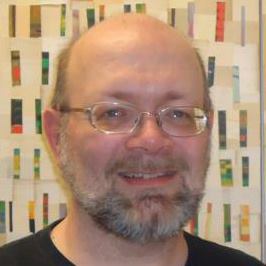 [box_light]Keith Waits is a native of Louisville who works at the Louisville Visual Art Association during the days, including being one of the hosts of PUBLIC on ARTxFM, but spends most of his evenings indulging his taste for theatre, music and visual arts. His work has appeared in Pure Uncut Candy, TheatreLouisville, and Louisville Mojo. He is now Managing Editor for Arts-Louisville.com.[/box_light]
[box_light]Keith Waits is a native of Louisville who works at the Louisville Visual Art Association during the days, including being one of the hosts of PUBLIC on ARTxFM, but spends most of his evenings indulging his taste for theatre, music and visual arts. His work has appeared in Pure Uncut Candy, TheatreLouisville, and Louisville Mojo. He is now Managing Editor for Arts-Louisville.com.[/box_light]

